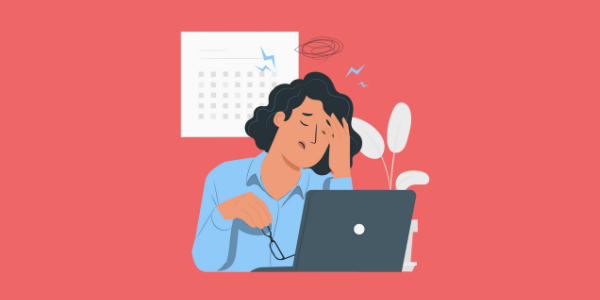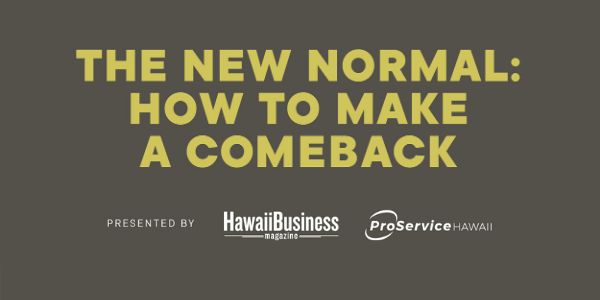How Families First Coronavirus Response Act Helps Businesses
On March 18, 2020, the Families First Coronavirus Response Act (FFCRA) was signed into federal law and will go into effect on April 2, 2020. To help you stay informed and avoid making drastic decisions, here’s what you need to know about the FFCRA right now.
The four elements of this law that are most relevant to Hawaii employers and employees are:
- Free COVID-19 testing
- Paid job-protected leave under the Family and Medical Leave Act (FMLA)
- 80 hours of paid sick leave
- Emergency-funded unemployment insurance.
It is important to note that COVID-19 related FMLA and sick leave is only applicable to companies with less than 500 employees.
Additionally, the Department of Labor (DOL) has recently announced that it will not enforce the Act for 30 days after its enactment. This 30-day period is to allow employers to come into compliance with the Act. The DOL will not bring an enforcement action against any employer for violations of the Act as long as the employer has acted “reasonably and in good faith” to comply with the Act. Instead, the DOL will focus on assisting employers to comply with the Act during this 30-day period.
Here is a brief summary of each element:
1. Free COVID-19 testing
100% of COVID-19 testing will be free to employers and employees.
2. Paid job-protected leave under the COVID-19 related FMLA
Until December 31, 2020, employees of qualifying businesses are entitled to take up to 12 weeks of job-protected leave under the FMLA. To qualify, employees must:
- Be employed for at least 30 days before the first day of their leave; when they return, they must be restored to the position they held before their leave.
- Demonstrate they are unable to work (or telework) because they must care for their child under the age of 18 years old due to the COVID-19 related closure of the child’s school or child care facility/program
If an employee qualifies:
- The first ten (10) days of such leave will be unpaid unless the employee chooses to substitute accrued vacation, personal leave or sick leave. The employer cannot require an employee to do so.
- After the first 10 days, employees are entitled to COVID-19 related FMLA leave for the next 10 weeks at two-thirds (⅔) the employee’s pay rate, but capped at $200 per day, up to $10,000 total.
- Part-time employees must be paid based on the average number of hours worked for the six months prior to taking this leave. Employees who have not worked for at least six months prior to taking this leave may receive an amount equal to their reasonable expectation at hiring of the average number of hours the employee would ordinarily be scheduled to work.
- This COVID-19 related paid leave is paid by the employer. Employers can retain and access funds they would otherwise pay to the IRS in payroll taxes. If there is not enough payroll taxes to cover the cost of this leave, employers will be able to file a request for an accelerated payment from the IRS, which expects to process such requests in two weeks or less. The IRS has stated that it will provide more information on how to file such a request during the week of March 23, 2020.
3. 80 hours of COVID-19 related paid sick leave for employees who cannot work (or work remotely) because they must take care of their children.
Until December 31, 2020 employees of qualifying businesses will receive 80 hours of paid sick leave, in addition to any sick leave provided by employers as of March 18, 2020, being tested or diagnosed. There are no required minimum days of employment before a covered employee can qualify for COVID-19 related sick leave.
To qualify, the employee must be unable to work (or telework) due to any of these reasons:
- Employee was ordered to self-quarantine (employee entitled to its full salary, but capped at $511 per day and $5,110 total).
- Employee is experiencing symptoms of COVID-19 and seeking a medical diagnosis (employee entitled to its full salary, but capped at $511 per day and $5,110 total).
- Employee is caring for an individual who must self-quarantine (employee is entitled to ⅔ of the employee’s pay but capped at $200 per day and $2,000 total)
- Employee is caring for a child under 18 years old because the child’s school or child care is unavailable due to COVID-19 (employee is entitled to ⅔ of the employee’s pay but capped at $200 per day and $2,000 total)
- Employee is experiencing “substantially similar conditions specified by the Secretary of Health and Human Services”. (employee is entitled to ⅔ of the employee’s pay but capped at $200 per day and $2,000 total)
Other considerations:
- The covered employee may take up to 80 hours (pro-rated for part-time employees) of COVID-19 related sick leave.
- Employers cannot require employees to use other paid leave before using paid sick leave.
- This COVID-19 related paid sick leave is paid by the employer. Employers can retain and access funds they would otherwise pay to the IRS in payroll taxes. If there is not enough payroll taxes to cover the cost of this leave, employers will be able to file a request for an accelerated payment from the IRS, which expects to process such requests in two weeks or less. The IRS has stated that it will provide more information on how to file such a request during the week of March 23, 2020.
- COVID-19 related sick leave is in addition to any existing sick leave policy provided by employers as of March 18, 2020.
4. Emergency unemployment insurance
Of the total amount budgeted by this law, $500 million will fund COVID-19 related unemployment benefits in states where unemployment compensation claims will increase by 10% over the same quarter in the prior calendar year. We expect Hawaii to qualify for this.









